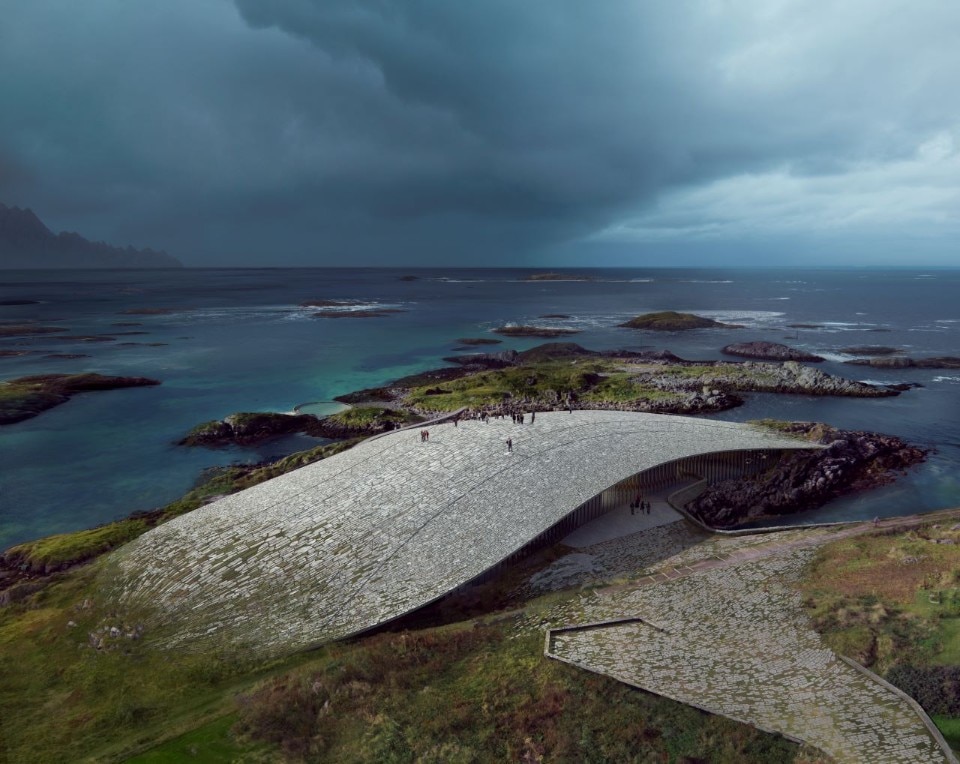We met architect Dorte Mandrup during the “Thinking Varese-Testimonies of Architecture” cycle, a series of conferences organized by architects of the Province of Varese, Italy. Here is what she told domusweb.
Dorte Mandrup, you have more than twenty years of professional experience: how has your work changed in these years?
Today the world of architecture is certainly more competitive and requires a high level of professionalism and knowledge. But it was mainly environmental issues that changed the way we design: just think that twenty years ago the word ‘sustainability’ didn’t even exist... In the past days doing architecture was surely linked to the environment, but on a local, more elementary scale; today, instead, we are acting in a complex and globalized scenario, which affects the final project. Of course, the commitment to design responsibly has always been part of my team, but today we are faced with a dramatic ecological emergency.
And you think architects can play an important role?
Of course they can. They can’t change the world, but right now they can do a lot. Consider that 40% of the environmental impact is caused by building activity and therefore by the houses we live in.
We need to create this awareness, particularly with public and private clients, so that we finally understand that sustainable construction is a priority objective. For example, regenerating obsolete buildings instead of demolishing them: adding new buildings, in fact, inevitably means causing further degradation of the territory.

Do you think that sustainability is only linked to technologically high-performance solutions?
Certainly not. We must also make wise choices with regard to the use of materials, which must have a low environmental impact not only in the short term, for example at the time of construction, but also afterwards, during the life of the building.
You see, sustainability is not only about energy consumption/saving but involves every action and design choice. And then, let’s not forget that there is social sustainability and even here, I think architects can do something good: we have, in fact, the chance to ‘shape’ the places where people live. Good architecture can really make a difference. For the better and for everyone. This is the message that we need to promote and make people understand.

You design buildings that have a strong relationship with the landscape: I’m thinking of the Icefjord Center in Greenland, or one of your latest works, The Whale, dedicated to the study of whales in Northern Norway. What drives you to work at those latitudes?
Well, first of all, we were lucky to have been invited to these competitions and to win them! Surely it is about working in uncommon places, which force you to confront an extreme, sometimes harsh nature. But it is stimulating. And, then, it forces you to make a deep environmental commitment: right there, in fact, climate change is as tangible as ever. You’re on the front line, I mean...
What is the message you would like to give to your fellow architects, starting from this very audience?
To dedicate time, care and attention to understanding the place. To find its potential, make it your own and, above all, show it. With courage but without ever forgetting to dream a little bit.













